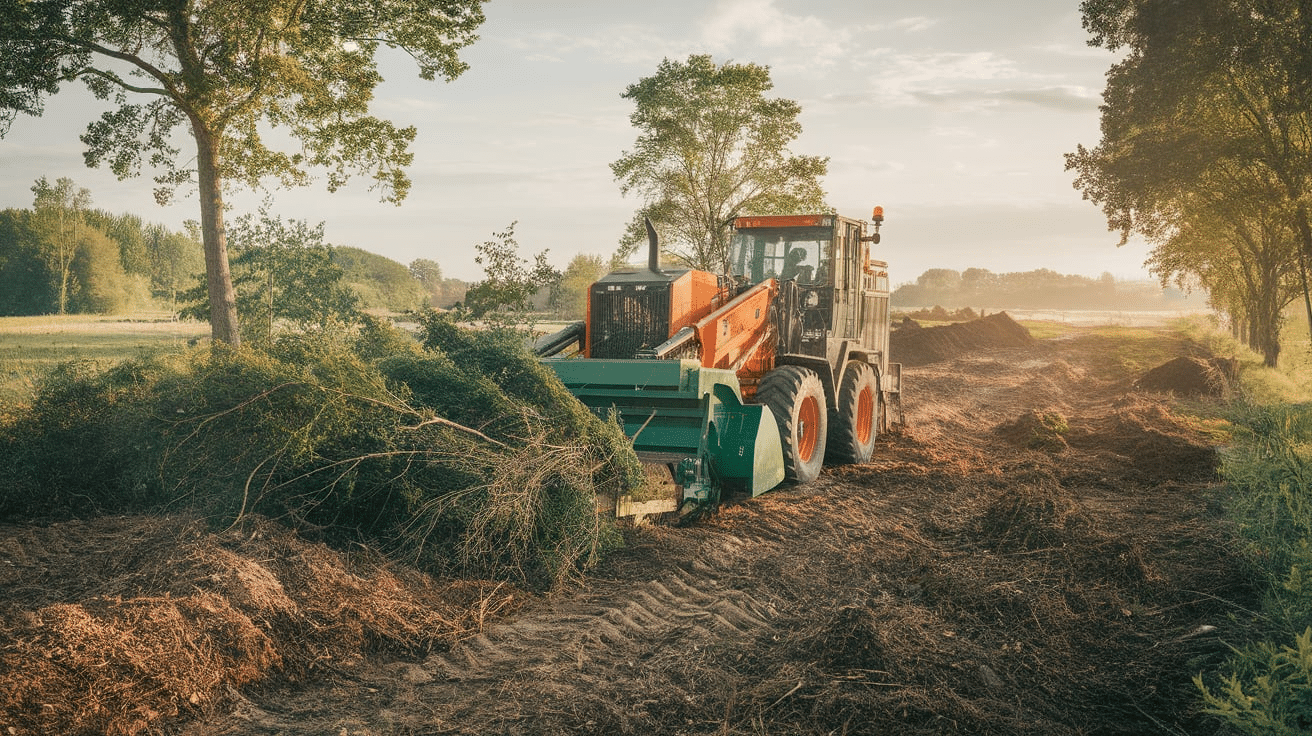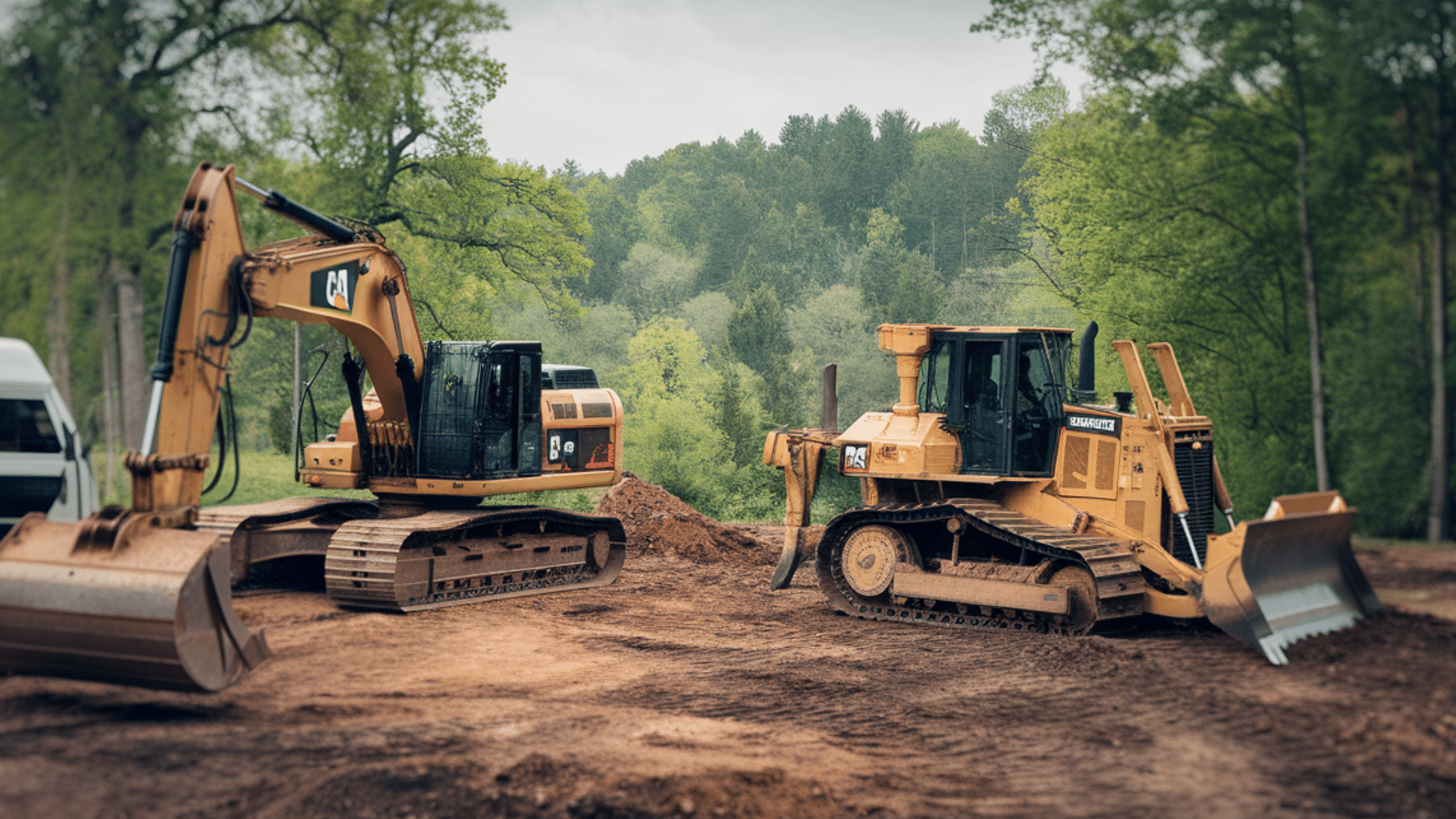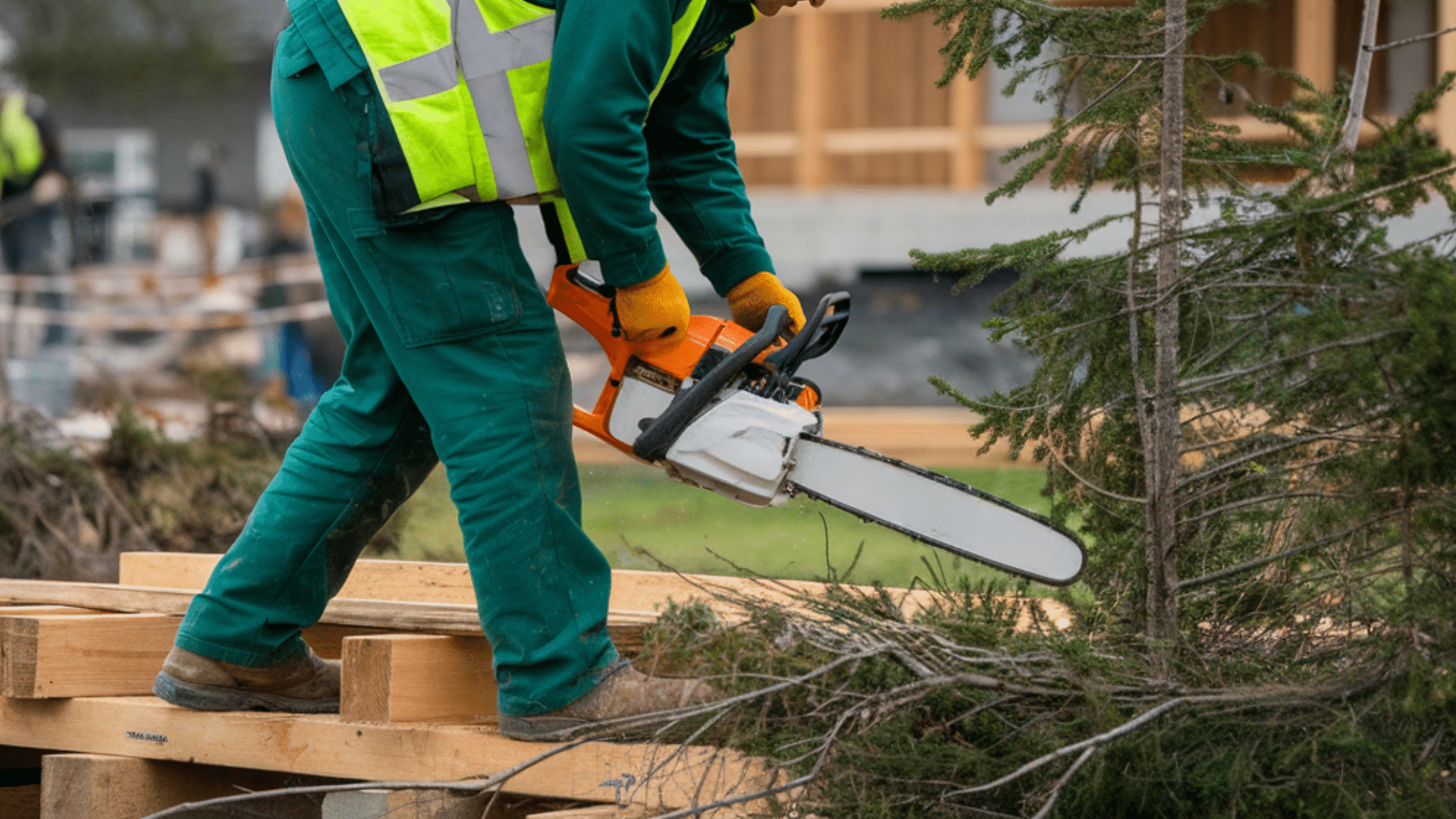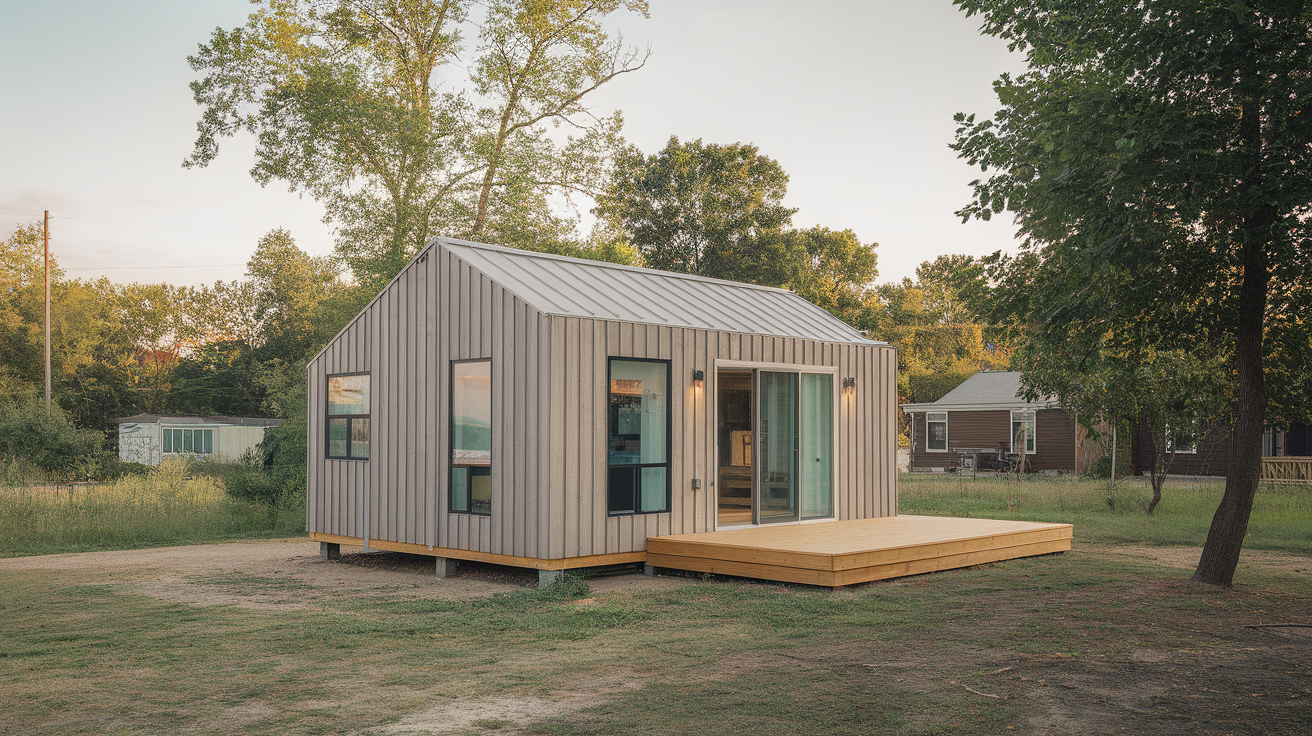Clearing land is one of the first and most important steps before building a home, starting a farm, or creating new outdoor space. But how much does it actually cost to clear land?
On average, land clearing costs can range from a few hundred to several thousand dollars per acre.
In this guide, I’ll break down what affects land clearing prices, the average cost per acre, and what you can expect to pay for different types of clearing.
By the end, you’ll know exactly what to budget for your project.
How Much Does It Cost To Clear Land on Average?
On average, land clearing costs between $700 and $5,900 per acre. The final price depends on the type of land and how much work is needed to prepare it.
Some properties only need light brush removal, while others may require more detailed clearing. Every project is unique, so prices can vary widely from one area to another.
Getting a few local estimates is the best way to understand what you’ll pay for your specific property.
What “Land Clearing” Includes
Clearing land isn’t just about removing trees; it’s about preparing your property for what comes next. Whether you’re building, farming, or landscaping, it helps to know what’s included in the process.
Here’s what most land clearing projects cover:
- Brush and Small Tree Removal: Clearing away shrubs, undergrowth, and small trees.
- Large Tree Removal: Cutting and hauling away mature trees if needed.
- Stump Removal or Grinding: Taking care of leftover stumps to make the ground smooth.
- Debris Cleanup: Hauling away or mulching branches, roots, and other waste.
- Rocks and Obstacles: Removing rocks, roots, or old fencing that get in the way.
Every project is a little different, so always ask your contractor exactly what’s included in their price.
Land Clearing Cost Per Acre: Typical Ranges By Site Type
The cost to clear land can vary a lot depending on what your property looks like. Knowing the average price ranges helps you plan your budget before getting quotes.
| Type of Land | Description | Average Cost Per Acre |
|---|---|---|
| Light Brush or Grassland | Few trees, small bushes, easy access | $700 – $2,000 |
| Lightly Wooded | Some trees and roots, moderate clearing | $2,000 – $3,500 |
| Heavily Wooded | Dense trees, stumps, heavy equipment | $3,500 – $6,000+ |
| Overgrown or Rocky Terrain | Thick vegetation, uneven ground | $5,000 – $8,000+ |
Prices can change depending on your location, the size of the land, and the type of work needed. Always get multiple estimates before you decide.
Land Clearing Cost by Cleaning Method
The method you choose to clear your land has a big impact on the overall cost. Different techniques use different equipment, and each one works best for certain types of land and vegetation.
1. Forestry Mulching

Forestry mulching is one of the fastest and most eco-friendly ways to clear land. A machine grinds trees and brush into mulch, which stays on the ground to prevent erosion.
It’s ideal for light to moderate vegetation and usually costs between $500 and $2,500 per acre. This method saves on hauling costs since no debris needs to be removed.
2. Conventional Clearing (Dozer or Excavator)

This traditional method uses heavy equipment to remove trees, stumps, and roots completely. It’s the best choice for land that needs to be ready for building or farming.
Costs can range from $1,500 to $5,600 per acre, depending on how dense the vegetation is. While it’s thorough, you’ll also need to factor in hauling and disposal fees.
3. Manual or Selective Clearing

Manual clearing is done by hand or with small tools, usually for small areas or when you want to keep certain trees. It’s slower but gives you more control over what stays and what goes.
This method typically costs $1,200 to $4,000 per acre, depending on the amount of labor and how thick the vegetation is. It’s best for small or delicate projects, like clearing around buildings, gardens, or preserving parts of a wooded area.
Factors That Drive Your Price Up or Down
Several things can change how much you’ll pay to clear your land. Some factors make the job quicker and cheaper, while others can add extra time, labor, and equipment costs.
- Type and Density of Vegetation: Thick woods and large trees take more time and heavy equipment to remove than brush or grass.
- Terrain and Slope: Steep, rocky, or uneven ground can slow down machines and raise costs.
- Access to the Site: If the equipment can’t reach the land easily, expect higher labor and setup fees.
- Hauling and Disposal: Removing debris or hauling it off-site adds extra expense compared to mulching it on-site.
- Location and Permits: Costs vary by region, and local permits or environmental rules can increase your total.
Understanding these factors helps you spot fair quotes and avoid overpaying.
Land Clearing: DIY Vs. Hiring A Pro
When it comes to clearing land, you might wonder whether to do it yourself or hire a professional. Both options have pros and cons – the right choice depends on your budget, tools, and the size of the job.
| Aspect | DIY Land Clearing | Hiring a Professional |
|---|---|---|
| Cost | Cheaper upfront, but may need equipment rentals | More expensive, but includes labor, tools, and cleanup |
| Time | It can take days or weeks | Usually completed in a few hours or days |
| Equipment | Requires renting or buying tools | Comes fully equipped with heavy machinery |
| Safety | Higher risk of injury or damage | Trained crew with safety gear and insurance |
| Best For | Small, open, or lightly wooded areas | Large, wooded, or uneven land |
DIY is great for small, simple projects. But for big, tough, or tree-heavy lots, hiring a professional will save time and ensure the job is done right.
Tips to Help Save Money
Land clearing can get pricey, but there are smart ways to cut costs without cutting corners. A few small decisions can make a big difference in how much you spend overall.
- Compare Multiple Quotes: Always get at least three estimates to find a fair price for your area.
- Keep What You Can: Save healthy trees or mulch debris instead of hauling it away.
- Bundle Services: Hire one contractor for clearing, grading, and site prep to save on mobilization fees.
- Clear During Off-Season: Winter or early spring often comes with lower rates.
- Prepare the Site Yourself: Mark trees to keep, remove small debris, and ensure access for equipment.
A little planning ahead can help you save hundreds, and still get your land ready the right way.
Conclusion
Clearing your land is a big step toward starting a new project – whether you’re building a home, planting crops, or just improving your property.
The total cost depends on your land’s size, type, and the amount of work needed, but understanding the basics helps you plan with confidence.
By getting a few quotes, choosing the right method, and preparing your site in advance, you can save money and avoid surprises.
If you’re ready to take the next step, reach out to local land clearing professionals for a free estimate. They can walk your property, explain your options, and help you get the best results for your budget.















